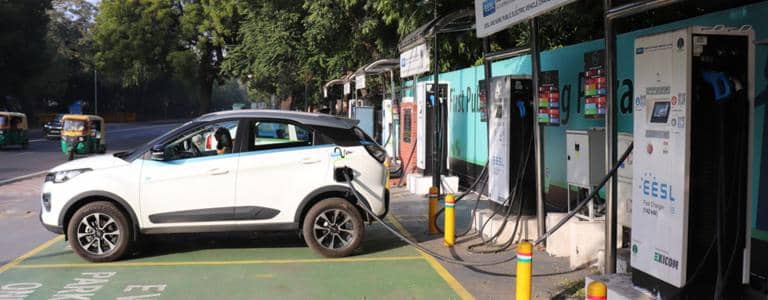India’s electric vehicle (EV) charging market is experiencing growth. Recent investments have exceeded $450 million in start-ups focused on charging networks and battery-swapping models. Despite this, the current infrastructure is inadequate. There is only one public charger for every 135 EVs, compared to a global average of one charger for every 6 to 20 EVs. To meet ambitious government targets, urgent expansion of charging facilities is essential.
Current Infrastructure Landscape
Investment Trends and Start-Up Growth
Government Initiatives and Support
Government initiatives have played important role in attracting investment. The Faster Adoption and Manufacturing of Hybrid and Electric Vehicles (FAME II) scheme and Production-Linked Incentives (PLI) have been implemented. Various state governments have introduced policies offering subsidies and support for land acquisition, particularly in urban areas.
Challenges Ahead
Despite progress, several challenges remain. The capital-intensive nature of building charging stations poses a barrier. Land acquisition issues and grid reliability are critical hurdles. Additionally, low EV penetration in rural areas limits the effectiveness of current infrastructure. A collaborative approach is necessary to overcome these obstacles.
Learning from Global Leaders
India can learn from successful EV adoption strategies in regions like California, the UK, and Singapore. These areas have accelerated EV growth through policy incentives and public-private partnerships. India must adopt similar models to streamline permits, land acquisition, and interoperability standards for a robust charging network.
Future Prospects
The transition to electric vehicles in India is not solely about increasing vehicle numbers. It is fundamentally about developing the infrastructure necessary for mass adoption. The charging network presents investment opportunity in the energy and mobility sectors. A strategic mix of public-private partnerships and innovative financing models is essential for scaling effectively.

Leave a Reply